TWH — As the sun rose on Oct. 31 and the Halloween frenzy crested, a viral social media campaign appeared, generating hundreds of responses on Facebook, Instagram, Tumblr ,and Twitter. Using hashtag #whatwitcheslooklike, people from around the world posted photographs of themselves wearing no religious ritual wear, costumes, or other atypical clothing for their personal lifestyle. The goal was to combat popular fictional witch stereotypes by demonstrating what real, modern Witches actually look like.

As is typical of the Samhain season, the popular use of words, such as witch and witchcraft, find their way into and onto everything. This trend reaches its climactic denouement as Halloween arrives. Images of witches appear everywhere, from product packaging and clothing to news outlets and entertainment media. As last week’s TWH editorial on media concluded, “the onslaught of Witch articles in October is as much a part of the season as the falling of the leaves and the arrival of the Great Pumpkin.”
This particular year has been atypical due to the use of these terms within the contentious U.S. presidential election. From the early “Bern the Witch” slogan to the more recent accusations of ritual magic and “Spirit Cooking,” the terms witch and witchcraft, and all that they imply, have danced uneasily within the rhetoric of contemporary American politics. In many of these cases, the political noise has gone so far as to include a resurrection of an age-old political strategy that blames society’s failings, or one’s own failings, on witchcraft and Satanic worship.
Within all of this October chaos, a typical question arises: “What is a real Witch?” While some mainstream media reports do attempt to accurately answer the question, the predominantly European-based fictional representations of witches — those that have endured for centuries — far outweigh any reality that exists. They are well embedded in modern society and not easily forgotten.
In Act I scene iii of Shakespeare’s Macbeth (1606), Banquo says of the weird sisters:
“What are these;
So withered and so wild in their attire,
that look not like th’ inhabitants o’ the’ earth
And yet are on’t?”
Banquo goes on to describe their “choppy fingers,” “skinny lips,” and adds, “You should be women, / And yet your beards forbid me to interpret / That you are so.”
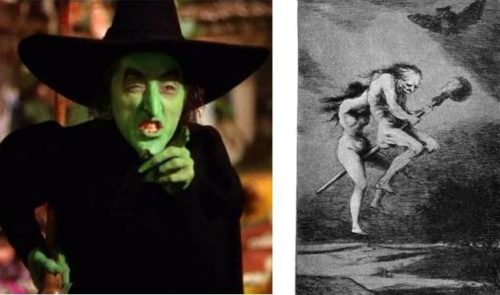
Wicked Witch of the West, “Wizard of Oz” (1939); “Linda maestra!” Francisco de Goya (1799)
While today’s popular witch imagery endures predominantly as fun and games and has even, in some places, adopted a strong feminist subtext, many modern Witches still find discomfort in its display. Despite all odds, they continuously work to combat the implied derogatory meanings and false assumptions present in these popular witch representations.
It is that very frustration that led to the recent #whatwitcheslooklike hashtag campaign. It is important to note that this was not the first time the hashtag had been used, but it was the first time it hit digital media with such force, and on Halloween.
It all began with a single post by the Village Witch of Asheville, North Carolina: H. Byron Ballard.
Ballard is a North Carolina native, a folklorist, gardener, and writer. She is a witch and priestess, who focuses her magical work on the energies local to her Appalachian home. She has published two books on the subject, Staubs and Ditchwater and Asfidity and Mad-Stones, and lectures at Pagan and other similar events.
Additionally, Ballard is very passionate about how witches and witchcraft are represented, and what is actually means to be a modern Witch. Ballard told The Wild Hunt that she gets frustrated with the “green-faced crone image,” one that she must deal with all year long. “I don’t love it being promoted as how Witches look.”
When she posted the hashtag on Halloween morning, she did not expect it to go viral, in fact it wasn’t meant to be a social media protest or campaign at all. Her post was simply a personal reaction to several conversations, more than anything else. Ballard explained how it all got started.
“The Walpurgisnacht Hexen Tanz video from Germany—that flitted through my Facebook feed on several occasions—inspired a local group of very nice women, several of whom I know, to do their own version around town during Hallowe’en season. I had some very mixed feelings about this and frankly wasn’t sure if I liked it or not. I was nerdy in thinking it should be done at Beltane, like the original,” Ballard began.
As she said, these traditional pop culture images do bother her, but like most American Witches, she typically just “lets that go” and continues on in her own practice.
This time, however, she decided to take action. On Oct. 27, Ballard asked Facebook friends for their opinions of the Walpurgisnacht video and its portrayal of Witches. She received close to 100 responses, mostly in her feed.
“Almost all of them encouraging me to lighten up, put on my Big Girl panties,” she said. “Being a priestess at Samhain with not a lot of free time, I let it go. Again.”
![Photo that started the #whatwitcheslooklike viral campaign 2016 [Courtesy Photo]](https://wildhunt.org/wp-content/uploads/2016/11/14856078_10155377416279829_7281916187702267702_o-e1478366268512-490x500.jpg)
Photo that started the #whatwitcheslooklike viral campaign 2016 [Courtesy Photo]
The very next morning was Halloween. Ballard said, “I woke up thinking about battling this popular and, let’s face it, beloved image. And I thought, I’ll invite my Facebook Witch friends to just post a picture of themselves, on the day of Hallowe’en, going about their/our business.”
She began by taking her own selfie. “I had just washed my face and was making a cuppa tea and made a selfie standing beside the stove.” Then, she posted her photo on Facebook with this statement: “I invite all of you who self-identify as Witches to post a picture of yourself today. Not in costume or ritual clothing. Just yourself, in the season of the witch.”
Ballard said that she had no idea what would happen next.
On her own post, Ballard received 200 responses, but the popularity of the hashtag #whatwitcheslooklike spilled over into other Facebook threads, and onto Twitter, Tumblr, and Instagram.
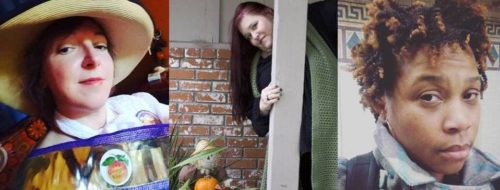
Instagram #whatwitcheslooklike photos (left to right): Author Sara Amis; Natalie Case (Instagram: natalisejcase); Nana Makemba lyalorisa of Orisanla and Osun (Instagram: of_Earth_and_Sky).
Since then, hundreds of more photos have been shared by people who identify as Witches. Ballard said, in retrospect, “The pictures are all so beautiful and proud.” She said that she hasn’t even been able to keep up or see them all. “But, gosh, wasn’t that fun? And they’re still coming in!” And, Ballard encourages people to continue using the hashtag #whatwitcheslooklike.
Below is a small gallery of images featuring people who identify as Witches. Some photos are from the actual hashtag campaign and others are from the TWH photo archives. This gallery is simply a sampling of the diversity of “witch looks” and is by no means comprehensive.
While the hashtag campaign most likely won’t curtail the use of the classic Halloween witch, it does prove exactly what Ballard intended: there is no Witch look. Most of the popular representations are grossly inaccurate, or limited at best. In reality, the appearances of modern Witches are as diverse as humanity is diverse.
[Note: all gallery images were used with permission either for this specific article or for past ones. They are not to be reproduced.]
The Wild Hunt is not responsible for links to external content.
To join a conversation on this post:
Visit our The Wild Hunt subreddit! Point your favorite browser to https://www.reddit.com/r/The_Wild_Hunt_News/, then click “JOIN”. Make sure to click the bell, too, to be notified of new articles posted to our subreddit.
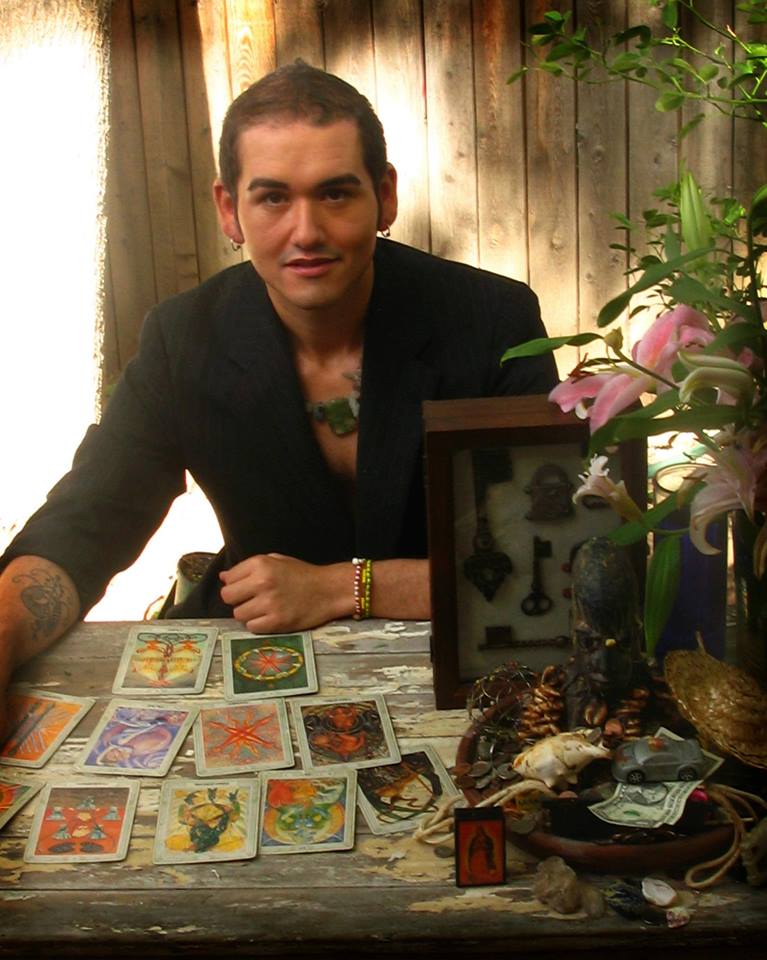
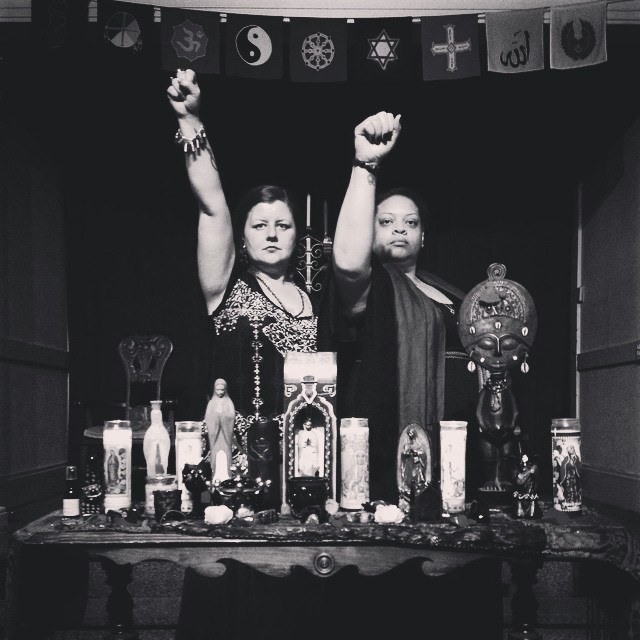
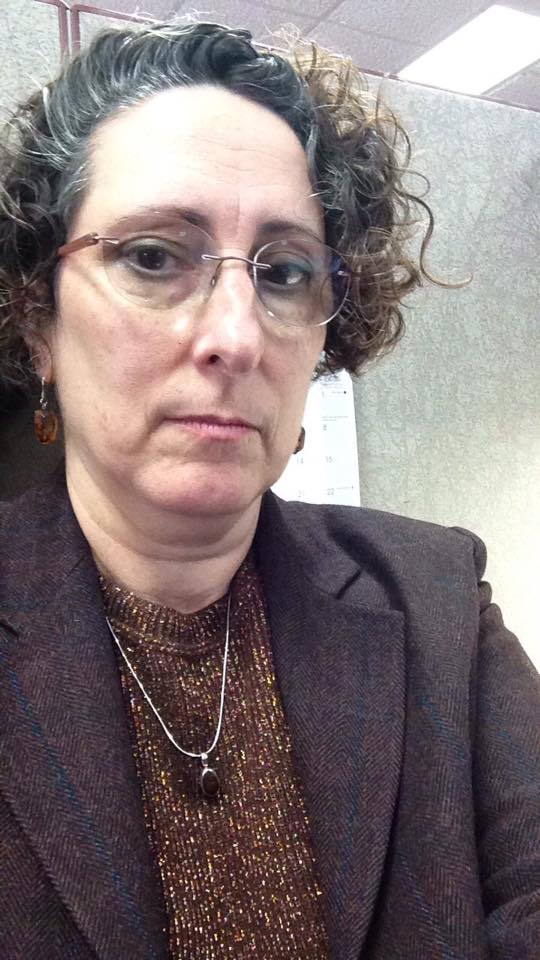
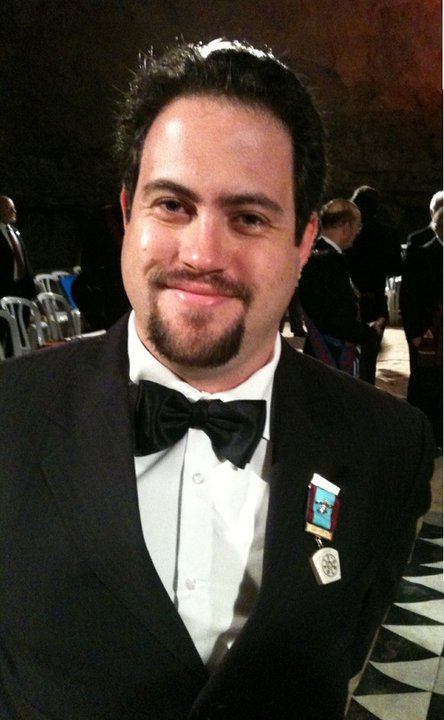
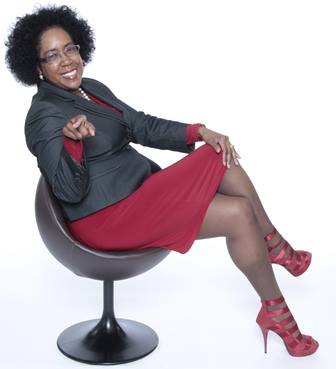

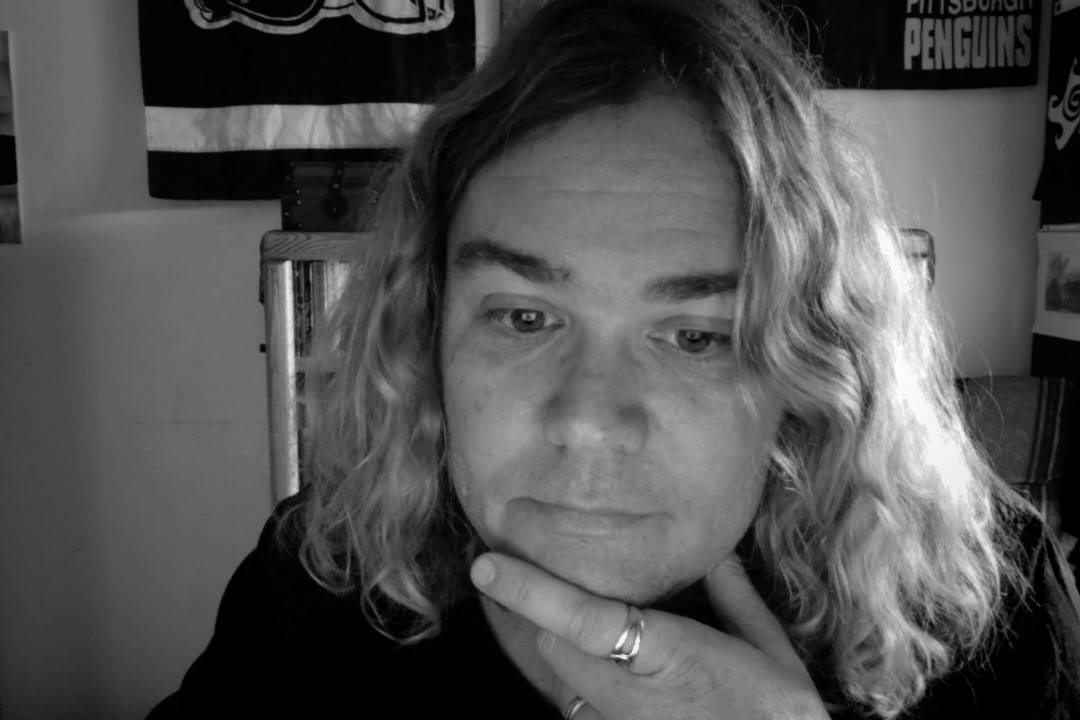
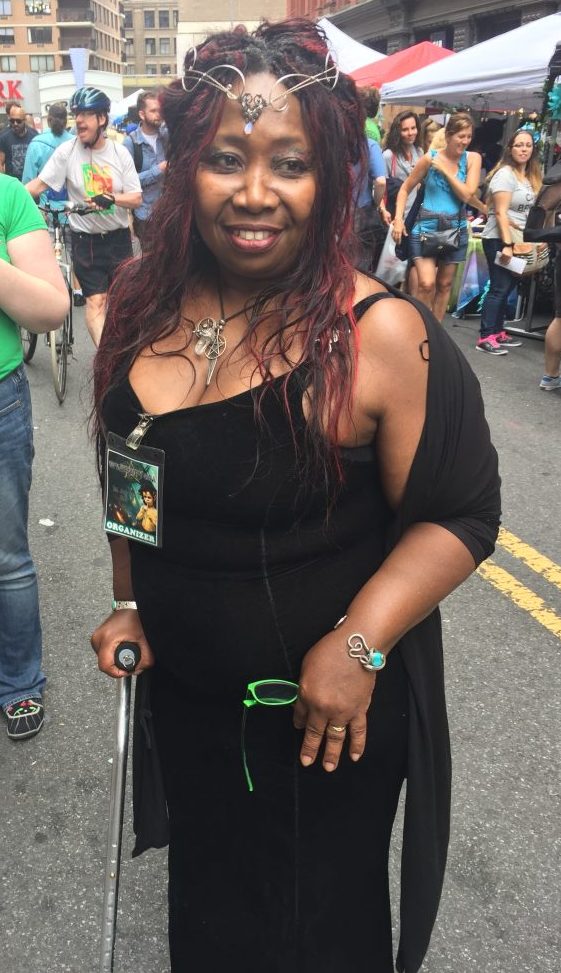
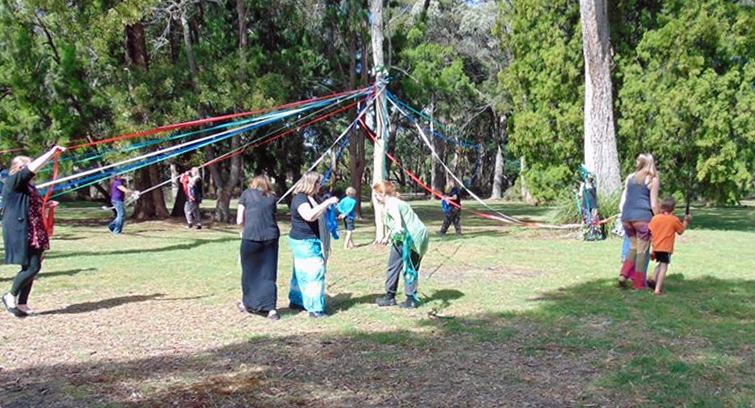
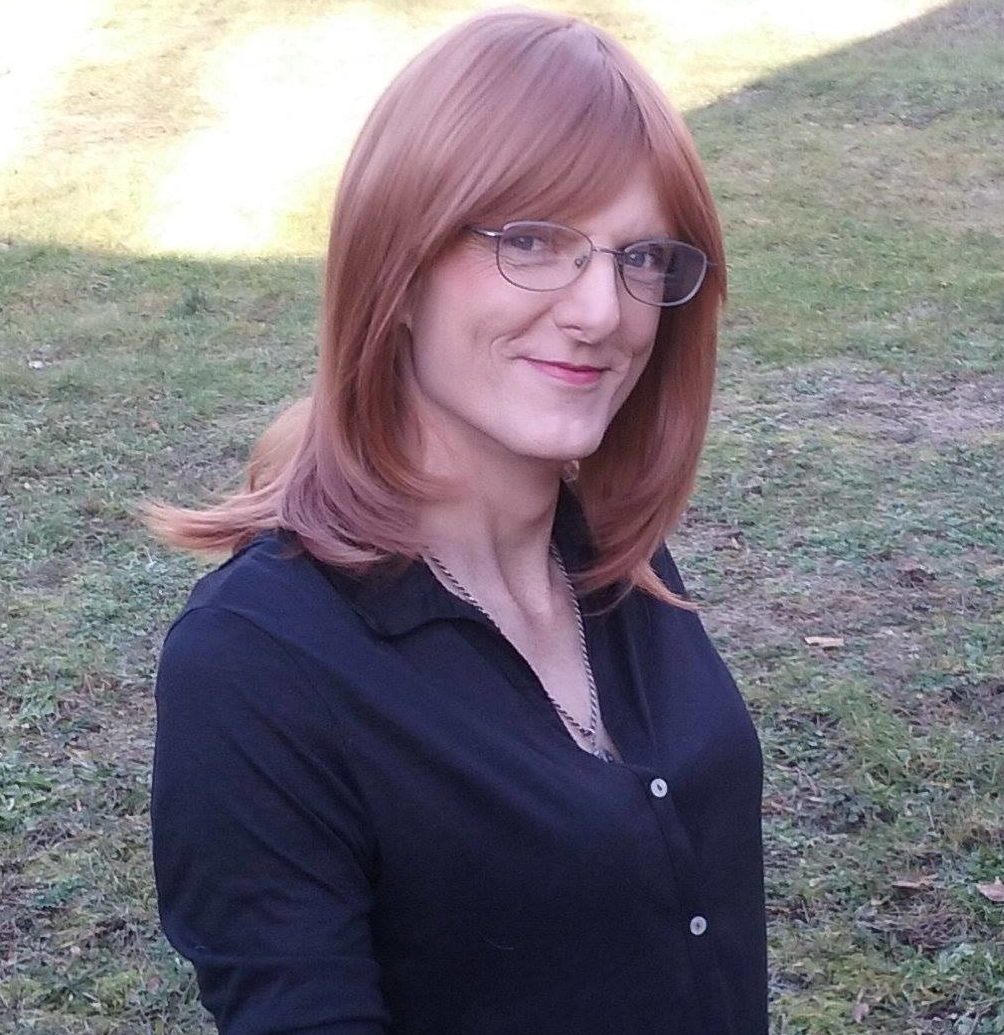
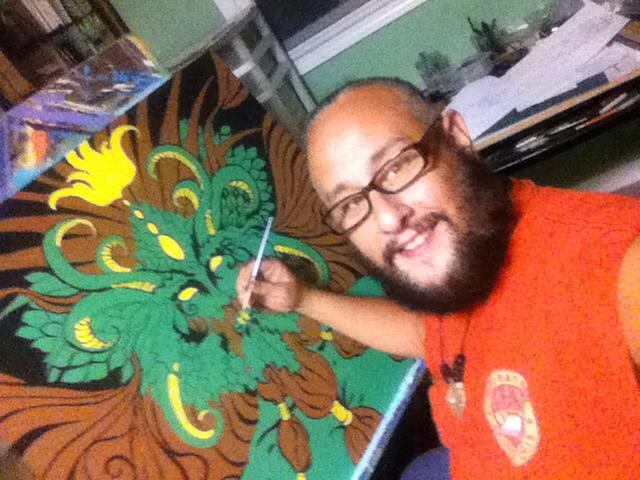
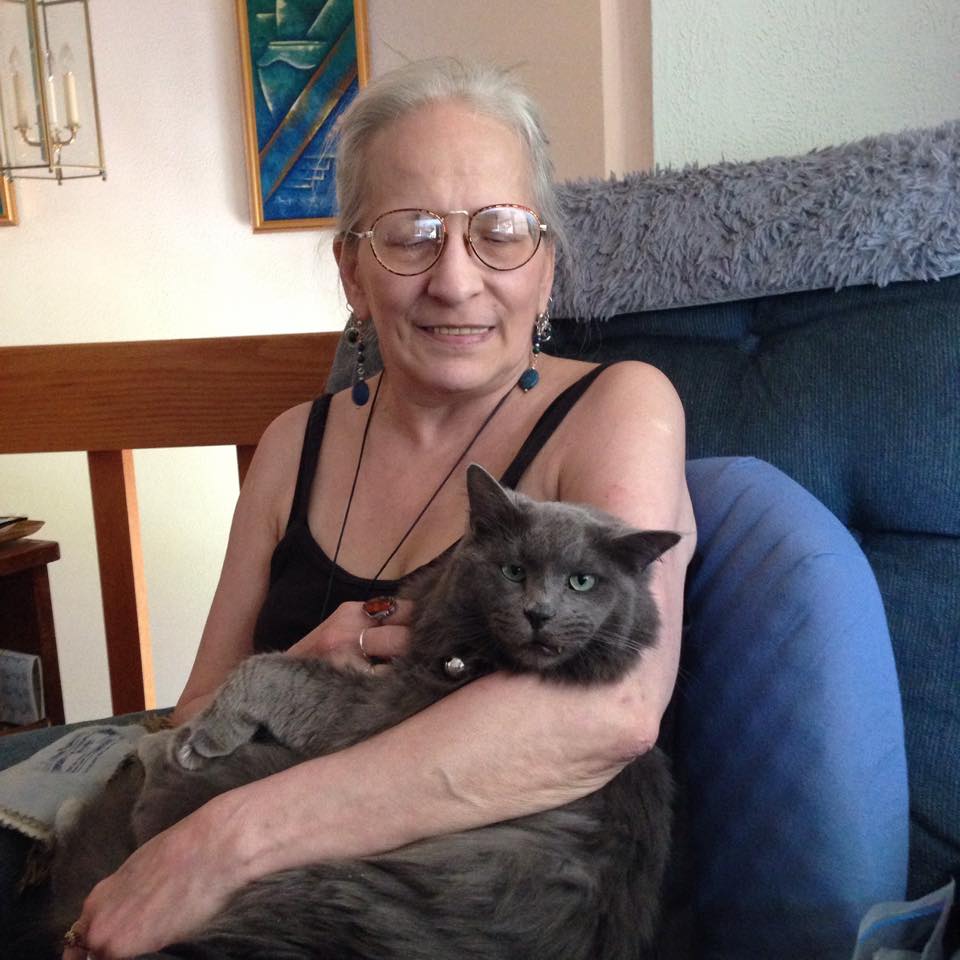
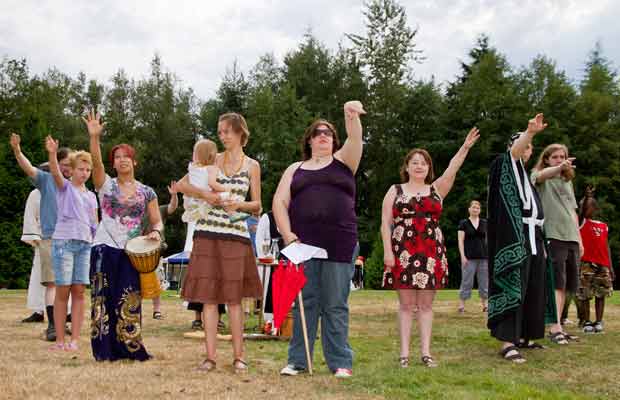
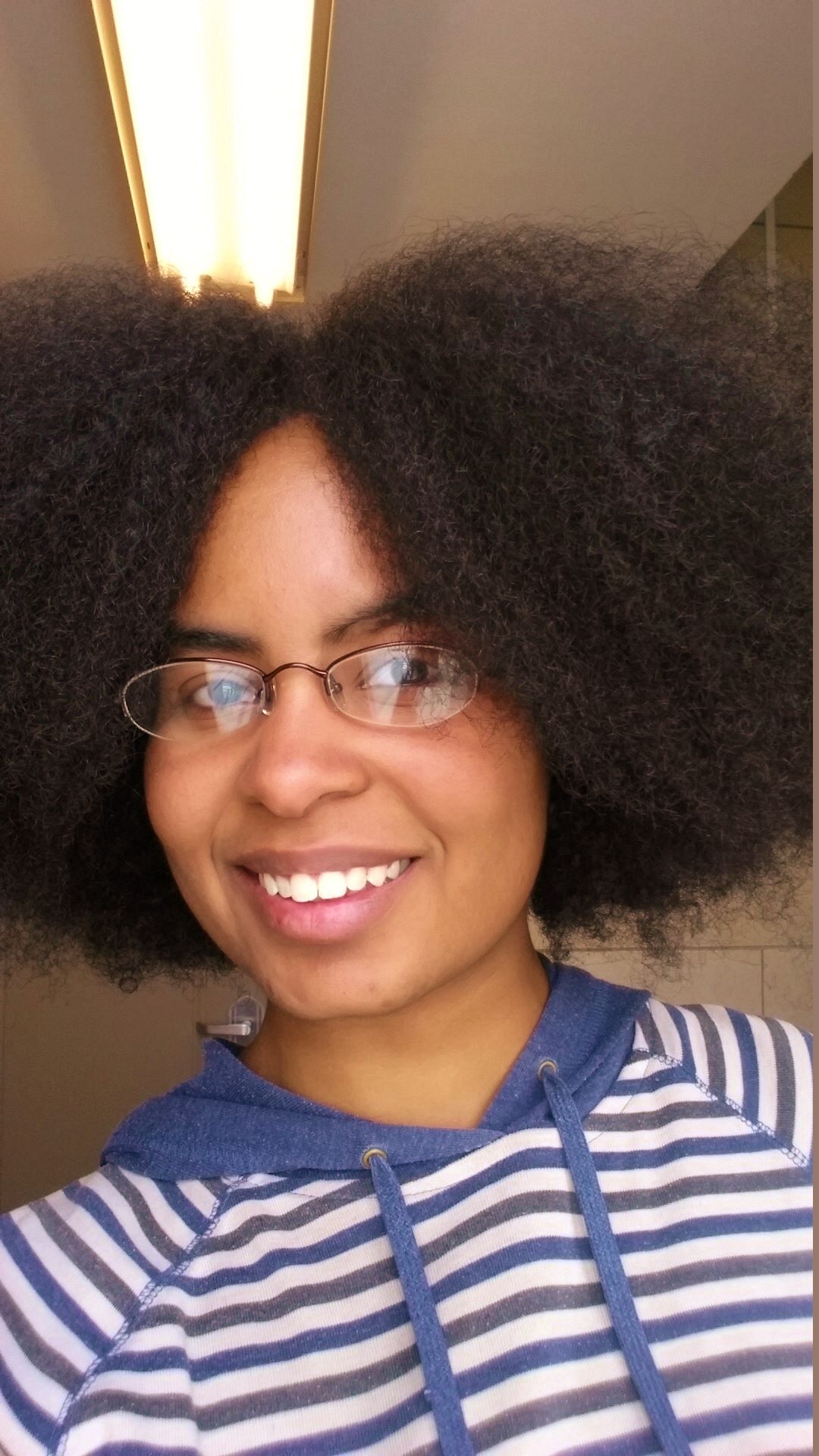
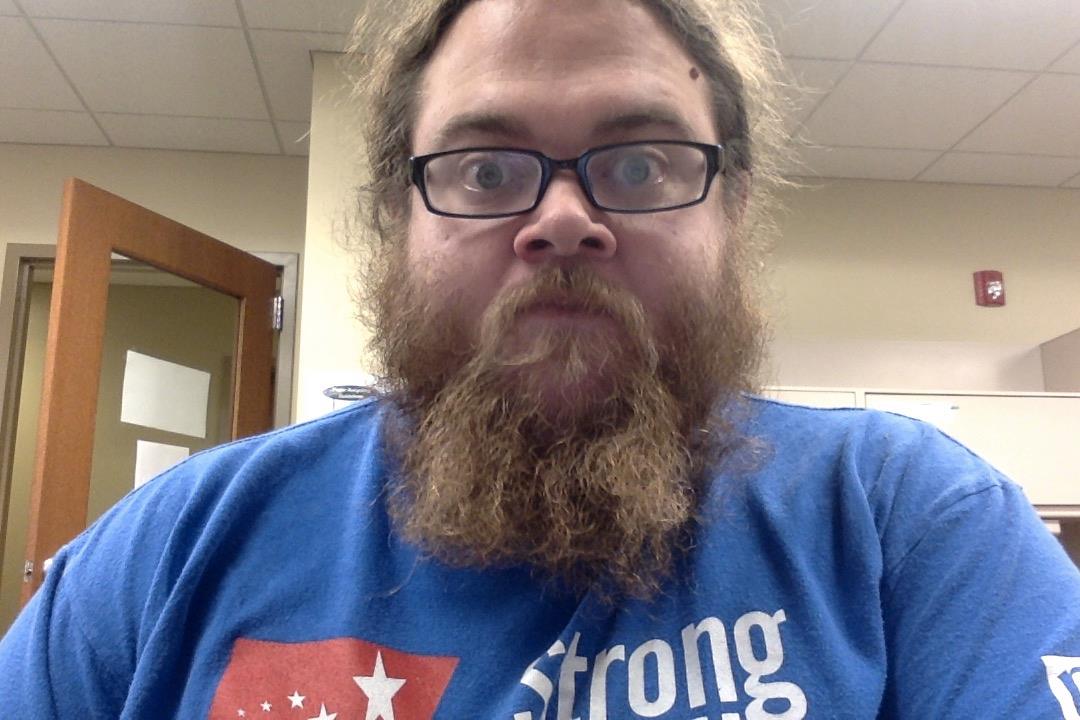

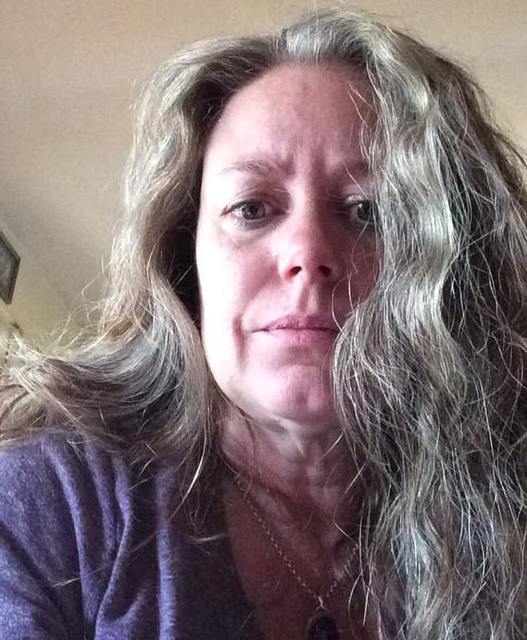
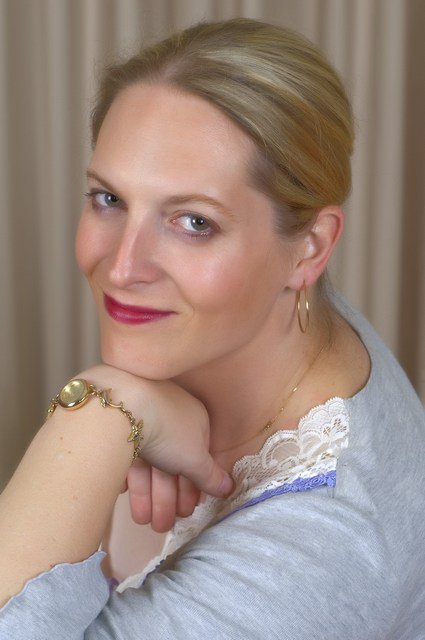
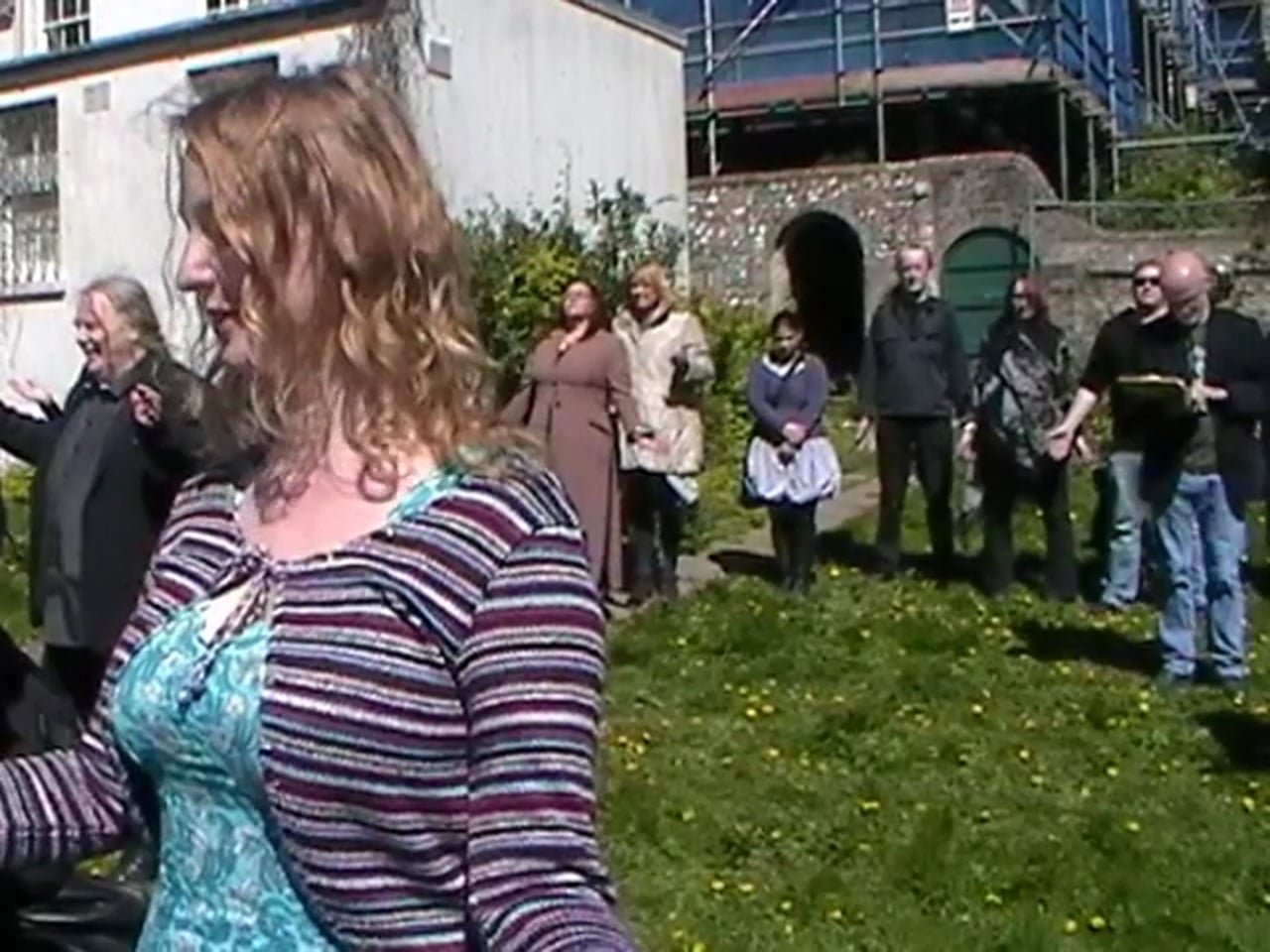
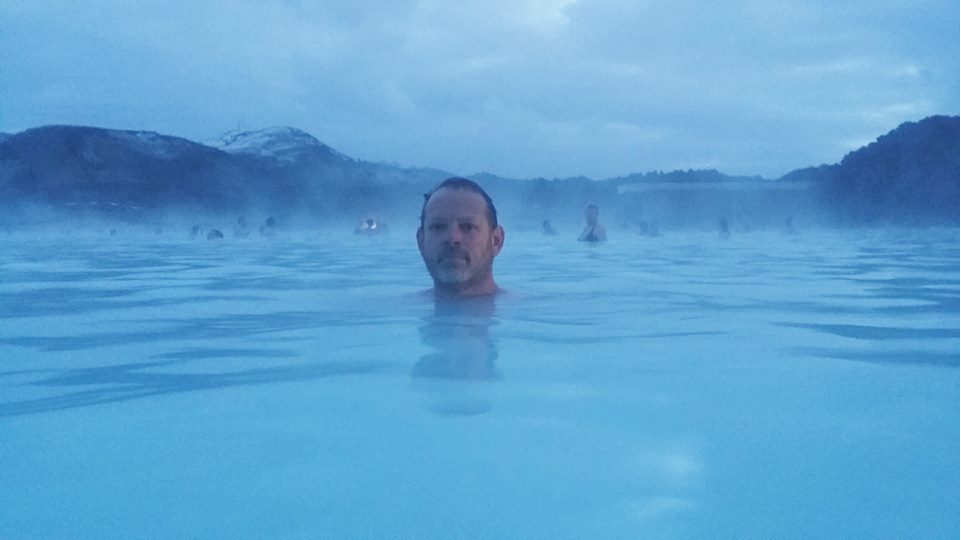
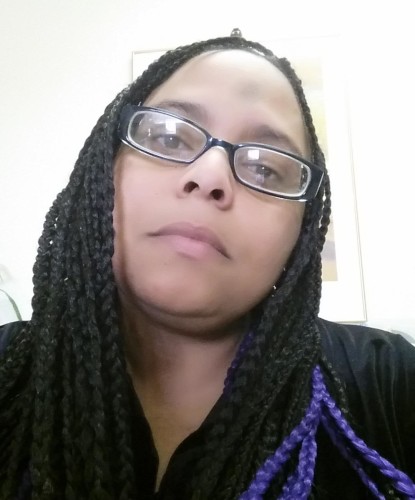
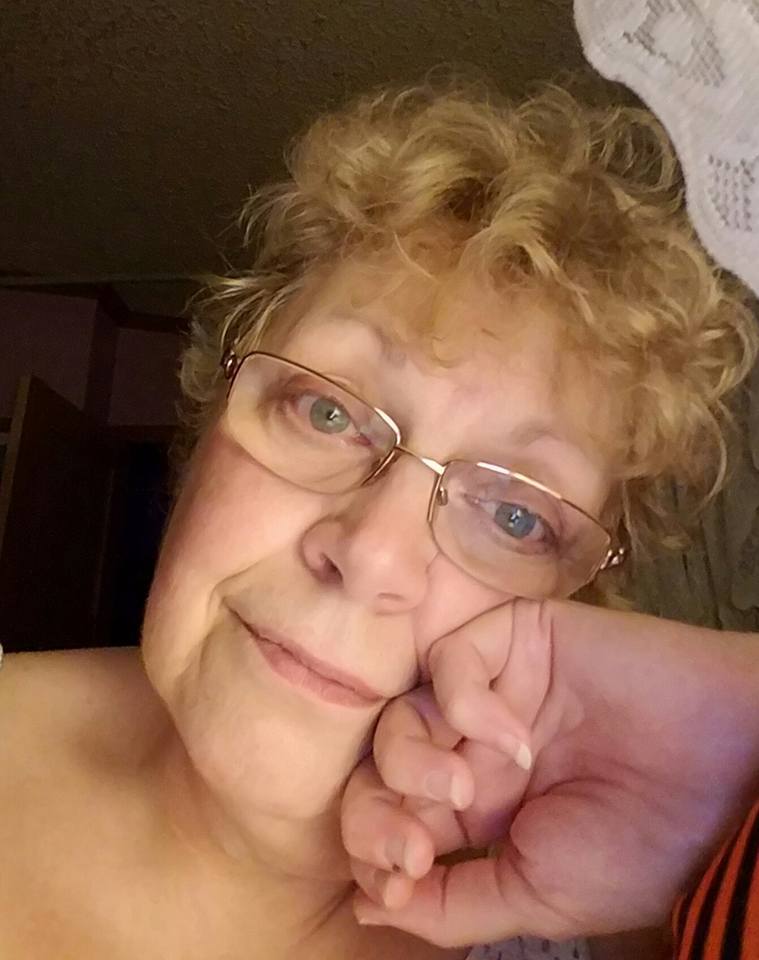
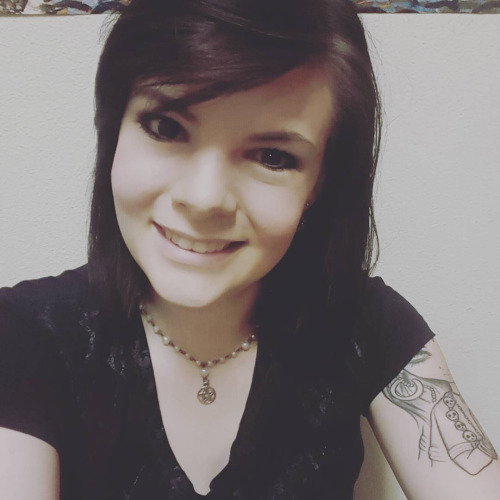
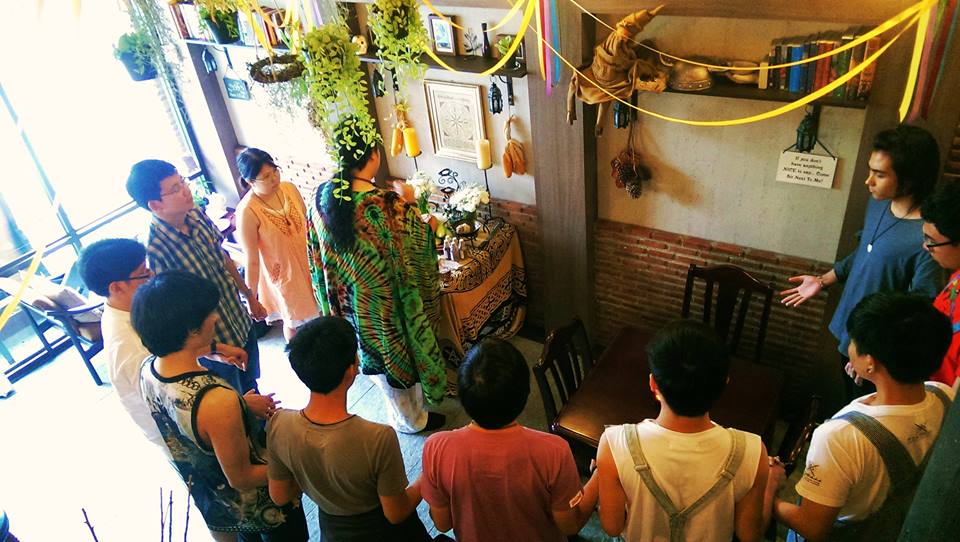

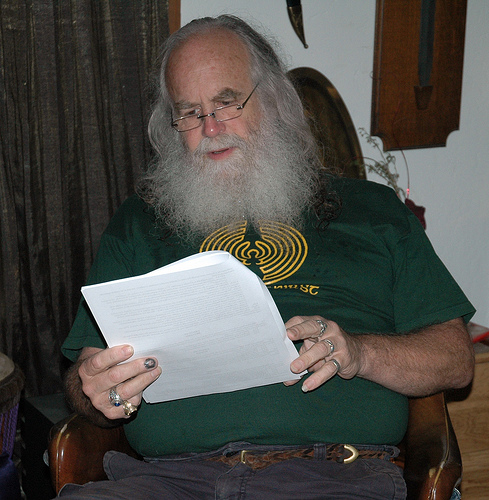
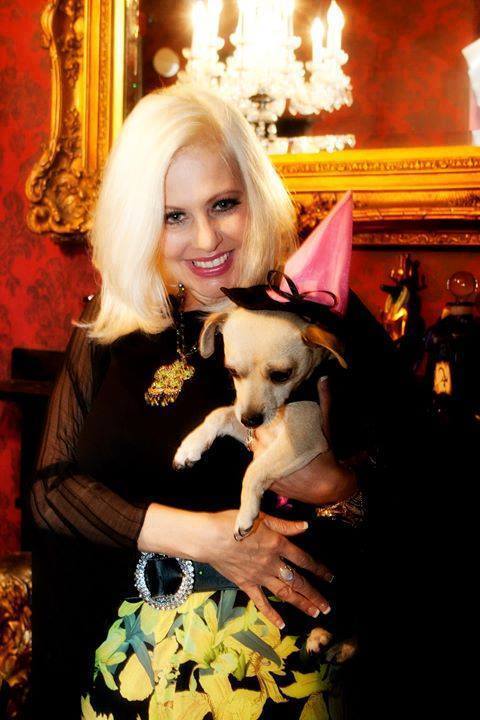
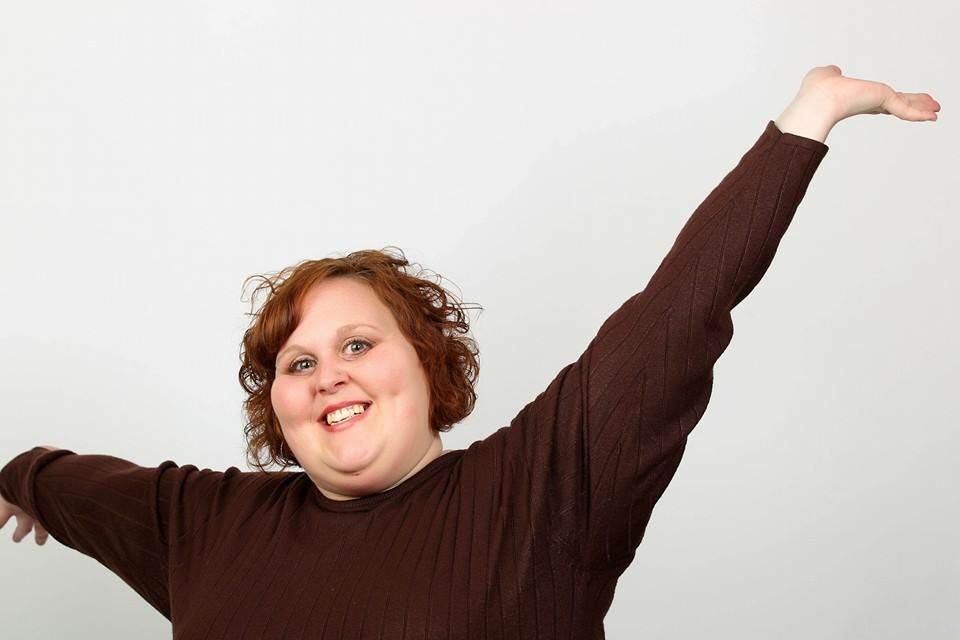
…more what they do…
Thank you Heather and Byron, from one of the “beautiful and proud.”